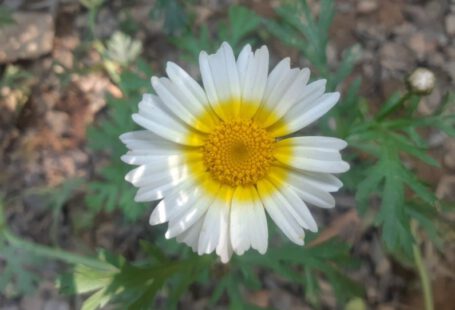Creating a thriving edible garden is a rewarding endeavor that can provide an abundance of fresh produce for your table. One technique that can significantly boost the health and productivity of your garden is companion planting. This age-old gardening practice involves strategically planting different types of plants together to benefit each other in various ways. By harnessing the power of companion planting, you can enhance the growth, flavor, and overall success of your edible garden.
### Understanding Companion Planting
Companion planting is based on the concept that certain plants have beneficial effects on each other when grown in close proximity. These effects can range from deterring pests and attracting beneficial insects to improving soil fertility and enhancing flavor. By selecting plant combinations that complement each other, you can create a harmonious ecosystem within your garden that promotes healthy growth and maximizes yield.
### Benefits of Companion Planting
One of the key benefits of companion planting is pest control. By interplanting pest-repelling plants with susceptible crops, you can naturally deter harmful insects and reduce the need for chemical pesticides. For example, planting aromatic herbs like basil, mint, or rosemary near susceptible plants can help repel pests and protect your crops.
Companion planting can also improve soil health and fertility. Certain plants have the ability to draw up nutrients from deeper soil layers or fix nitrogen in the soil, benefiting neighboring plants. For instance, legumes like peas and beans are known for their nitrogen-fixing abilities, making them excellent companions for nitrogen-hungry plants like leafy greens or tomatoes.
Additionally, companion planting can enhance the flavor and growth of your crops. Some plant combinations can improve the taste of vegetables or fruits, making them more flavorful and nutritious. For example, planting onions or garlic near carrots can help improve their flavor and deter pests that may damage the roots.
### Popular Companion Plant Combinations
There are numerous companion plant combinations that you can incorporate into your edible garden to maximize its potential. Some popular combinations include:
– **Tomatoes and Basil**: Planting basil near tomatoes can improve the flavor of the tomatoes and deter pests like aphids and hornworms.
– **Corn, Beans, and Squash**: Known as the “Three Sisters,” this traditional Native American planting technique involves interplanting corn, beans, and squash together. The corn provides support for the beans, the beans fix nitrogen in the soil for the corn and squash, and the squash acts as a living mulch, suppressing weeds and conserving moisture.
– **Marigolds and Vegetables**: Marigolds are effective at repelling nematodes, aphids, and other pests, making them excellent companions for a wide range of vegetables.
### Implementing Companion Planting in Your Garden
To successfully incorporate companion planting into your edible garden, it’s essential to research plant compatibility and spacing requirements. Consider factors such as sunlight, water needs, and growth habits when selecting plant combinations. Keep in mind that not all plant pairings are beneficial, so it’s important to choose companions that will thrive together.
When planning your garden layout, consider creating dedicated companion planting beds or interplanting compatible species throughout your garden. Pay attention to plant heights, growth rates, and spacing to ensure that each plant has enough room to grow and access to essential nutrients.
### Maximizing Your Edible Garden with Companion Planting
By embracing the principles of companion planting, you can create a vibrant and flourishing edible garden that yields bountiful harvests year after year. Experiment with different plant combinations, observe the interactions between species, and adapt your garden layout to optimize the benefits of companion planting. With careful planning and thoughtful consideration, you can harness the power of companion planting to boost the health, productivity, and overall success of your garden.





